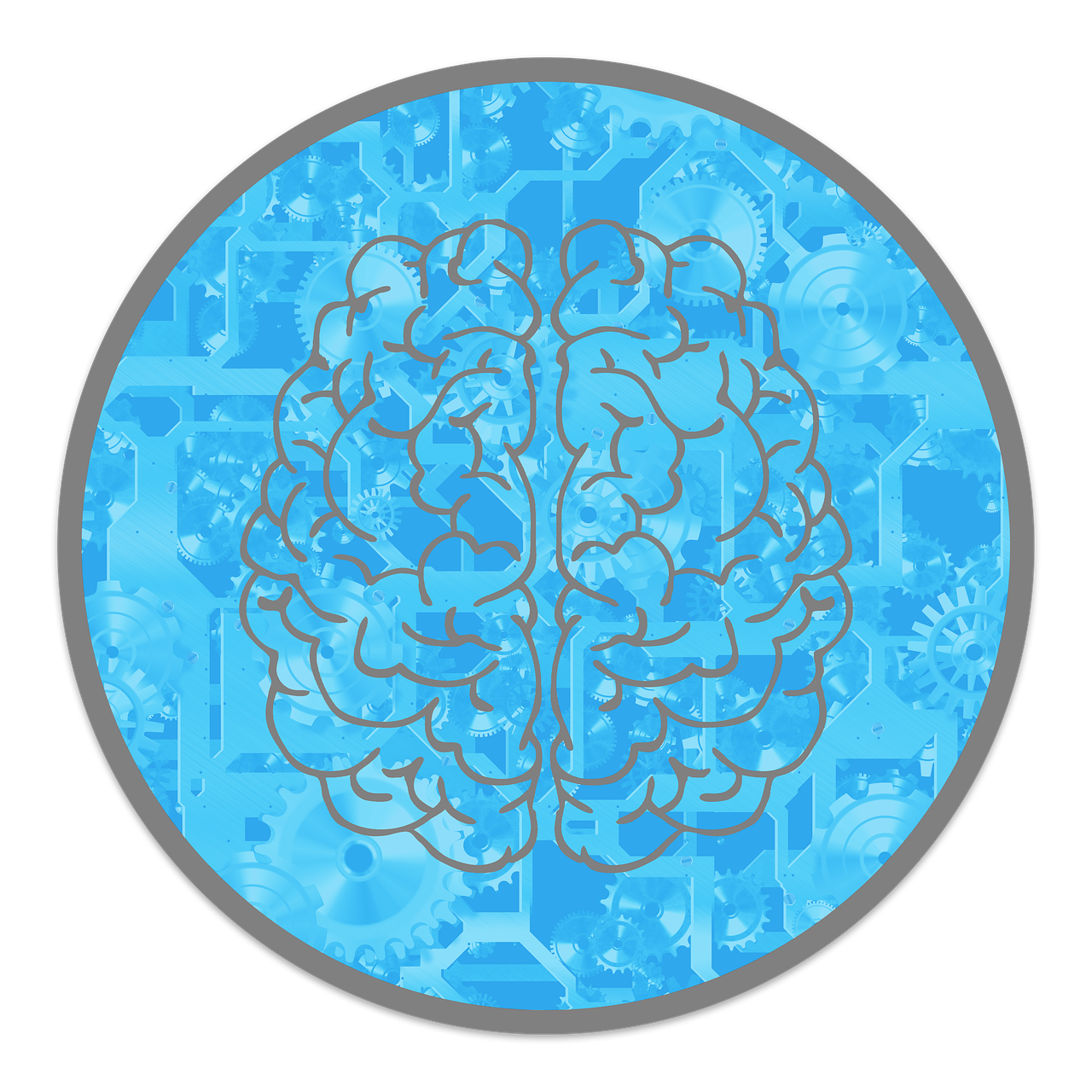
Good grades aren’t enough anymore. In today’s world, students also need grit, empathy, and teamwork to really succeed.
That’s where character development comes in.
It’s all about teaching kids how to be decent humans—things like responsibility, respect, and resilience.
This guide’s for teachers, parents, and mentors who want real, easy ways to help kids grow into people who don’t just crush tests, but also show up in life.
We’ll skip the fluff and dive into smart, simple activities you can use at school, after class, or at home—kind of like giving their moral compass a software update.
Because let’s be real: you don’t just “catch” character like a cold. You build it—one choice, one lesson, one awkward group project at a time.
Why Character Development Matters More Than Ever
Before we dive into the how, let’s talk about the why.
Character isn’t just about being polite or following rules. It actually shapes how students learn, grow, and handle real life.
1. School smarts
Kids who’ve got grit and self-control don’t quit when stuff gets hard.
They set goals, focus, and take charge of their own learning.
A 2017 study (Duckworth & Gross) found that teens with character strengths like perseverance did way better in school.
No surprise—discipline beats cramming.
2. Mental health
Ever try solving friend drama without empathy or chill? Yeah, doesn’t end well.
Students who can listen, manage emotions, and solve conflicts have less stress and better relationships.
Basically, emotional smarts = fewer meltdowns.
3. Job skills
Bosses love team players who can think on their feet.
The World Economic Forum says soft skills like problem-solving and communication are a big deal now.
Spoiler alert: those come from character traits like responsibility and flexibility—not from memorizing the periodic table.
4. Being a decent human
Character helps kids grow into citizens who care, pitch in, and don’t ghost their civic duties.
It teaches them to think bigger than themselves and actually do good in the world—like voting, volunteering, or just holding the door open.

Key Character Traits to Cultivate in Students
There are tons of good traits out there, but some are must-haves if we’re talking about raising solid, well-rounded humans.
Here’s the core lineup:
Resilience
Life throws curveballs. Resilience is what helps students get back up, try again, and not rage-quit the second something’s hard.
Integrity
Do the right thing—even when no one’s watching.
That’s integrity. It’s about being honest, owning your choices, and not cheating just because you can.
Respect
Respect means treating people like they matter—even when you don’t agree.
Listen. Be kind. Don’t be that person who talks over everyone in group projects.
Responsibility
Forgot your homework again?
Responsibility is about showing up, following through, and owning your mess-ups without blaming the Wi-Fi.
Compassion
Feeling bad with someone is empathy.
Doing something about it? That’s compassion.
Both matter when someone’s having a rough day.
Self-discipline
Want to scroll TikTok for three hours but study instead? That’s self-discipline.
It’s about keeping your goals in check—even when distractions look shiny.
Gratitude
Say “thanks”—not just for stuff, but for people.
Gratitude helps students stop chasing “more” and start noticing what’s already good.
Courage
Speak up, try new things, stand up for someone—especially when it’s uncomfortable.
Courage isn’t about being fearless; it’s about acting anyway.

Engaging Character Development Activities for Diverse Settings
You don’t need to tear up your lesson plans to build character.
Just add a few of these low-lift, high-impact activities into your day.
Classroom-based activities
Morning meetings/circle rime
Why: Builds trust, empathy, and helps kids start the day with purpose.
How: Quick daily check-in. Ask stuff like, “What’s one thing you’re grateful for?” or “When did you show courage this week?”
Pro tip: Tie questions to a weekly theme like kindness or responsibility.
Character trait of the week/month:
Why: Keeps character stuff from being background noise.
How: Pick a trait (say, “Respect Week”). Put up a poster, read a story, or shout out students who live it out.
Bonus move: Let students nominate each other when they spot the trait in action.
Ethical dilemma discussions
Why: Gets kids thinking deeper than “what’s for lunch?”
How: Toss out a sticky situation like, “You catch a friend cheating—do you speak up or stay quiet?” Let them debate.
Goal: No right answers. Just good questions and better thinking.
“Acts of kindness” challenges
Why: Turns empathy into action.
How: Give a list: thank someone, help out, clean up without being asked. Use a simple tracker. Gamify it if you want.
Result: A classroom that feels more like Ted Lasso and less like Monday morning.
Real-life role models
Why: Kids need to see character in action.
How: Read short bios or watch clips about people who’ve shown serious grit or heart—think Malala, Chadwick Boseman, or a local hero. Then talk it out.
Focus: What did they do? Why did it matter? How can we be like that?
Extracurricular and community-based activities
Some of the best character-building moments don’t happen at a desk.
They happen when students get out in the real world, work with others, and do something that matters.
Volunteer and community service projects
Why: Helping others builds empathy and shows students the world’s bigger than their bubble.
How: Organize volunteer stuff—clean up a park, help at a food bank, visit a nursing home. Afterward, talk about what they saw, felt, and learned.
Real talk: A national study found that students who volunteer end up more connected and socially skilled. So yeah, kindness pays off.
Team sports and group projects
Why: Nothing teaches teamwork like passing the ball or writing a group paper at 10 p.m.
How: Get students into sports, debate teams, theater, or big group projects. These settings are full of built-in challenges—and chances to practice patience, respect, and bouncing back after an “L.”
Heads up: Winning’s great, but learning how to lose without rage-quitting? That’s gold.
Mentorship programs
Why: Role models matter—especially ones who’ve been through it.
How: Pair older students with younger ones, or match kids with mentors from the community. Let them talk school, life, stress, whatever.
Why it works: Students learn how to lead, listen, and level up their people skills.
Home-based activities
You don’t need a degree in child psychology to teach values at home.
Just use the everyday stuff you’re already doing—with a little more purpose.
Family discussions
Why: Kids learn a lot from your wins—and your fails.
How: Share stories from your life that show real moments of courage, honesty, or messing up and making it right. Ask things like, “What do you think that person felt?” or “What would respect look like here?”
Bonus: No lectures. Just real talk.
Chores and responsibilities
Why: Responsibility isn’t something kids magically get at 18.
How: Give age-appropriate tasks—feed the dog, clean their room, help with dinner. And stick to it. No doing it for them when they “forget.”
Reality check: It’s not about a clean house. It’s about showing up and doing your part.
Reading and media engagement
Why: Kids soak up messages from stories way faster than from speeches.
How: Pick a book or movie with characters who make tough choices or learn life lessons. Watch or read together, then ask: “Was that brave or dumb?” “Would you do the same thing?”
Example: Think Encanto (family pressure), Spider-Man (responsibility), or any Pixar film ever.

Best Practices for Effective Character Development
Doing the activities is great—but how you do them matters even more.
Here’s how to make sure character-building doesn’t just go in one ear and out the other.
1. Walk the talk
Kids copy what they see. If you want them to be honest, kind, or patient, show it yourself.
They’re watching—even when you think they’re just scrolling.
2. Spell it out
Don’t assume they’ll magically “get it.” Say what the trait means.
Show examples. Ask, “What does responsibility look like at home or in class?” Be clear.
3. Let them practice
Character grows through repetition. Like doing push-ups, but for values.
Give regular chances to show kindness, courage, or self-control—on purpose.
4. Give real feedback
When they do it right, say so. Be specific.
When they mess up, don’t shame—just coach. “That choice wasn’t respectful. Let’s talk about what could’ve worked better.”
5. Build a safe space
Kids need to know it’s okay to try, fail, and learn. Make your space feel like a team, not a test.
No one gets it perfect every time—and that’s fine.
6. Get everyone involved
Character-building works best when it’s not just one teacher or one parent doing the work.
When home, school, and community are all saying the same thing? Game-changer.
7. Make it part of everything
Don’t treat character like a side quest.
Weave it into your lessons, routines, jokes, class rules—everything. It’s not “extra.” It is the culture.
Measuring Progress in Character Development
You can’t slap a grade on kindness—but you can track progress if you know what to look for.
Here’s how:
1. Just watch
Pay attention. Did they help a classmate without being asked? Own up to a mistake? That’s growth.
Teachers and parents can jot down those moments when character shows up.
2. Let them reflect
Give students a chance to think about their choices.
A quick journal, a class discussion, or even a “How did I do today?” checklist works. It’s not deep therapy—just honest self-checks.
3. Peer feedback
With clear rules, let students give each other feedback.
Like, “Hey, I noticed you stayed calm during that group mess-up—nice job.” Keep it kind, real, and useful.
4. Keep notes
Record short stories—little wins, close calls, or chances missed.
These quick notes show patterns over time and help track where a student’s growing (or still stuck).

Wrap-Up: Why Character Is the Real Glow-Up
Teaching character isn’t a bonus—it’s the base. When we help kids build traits like grit, honesty, respect, and compassion, we’re setting them up for life, not just tests.
The stuff we talked about—check-ins, service projects, honest convos at home—these aren’t extras.
They’re simple ways to raise humans who are kind, responsible, and ready for the real world.



